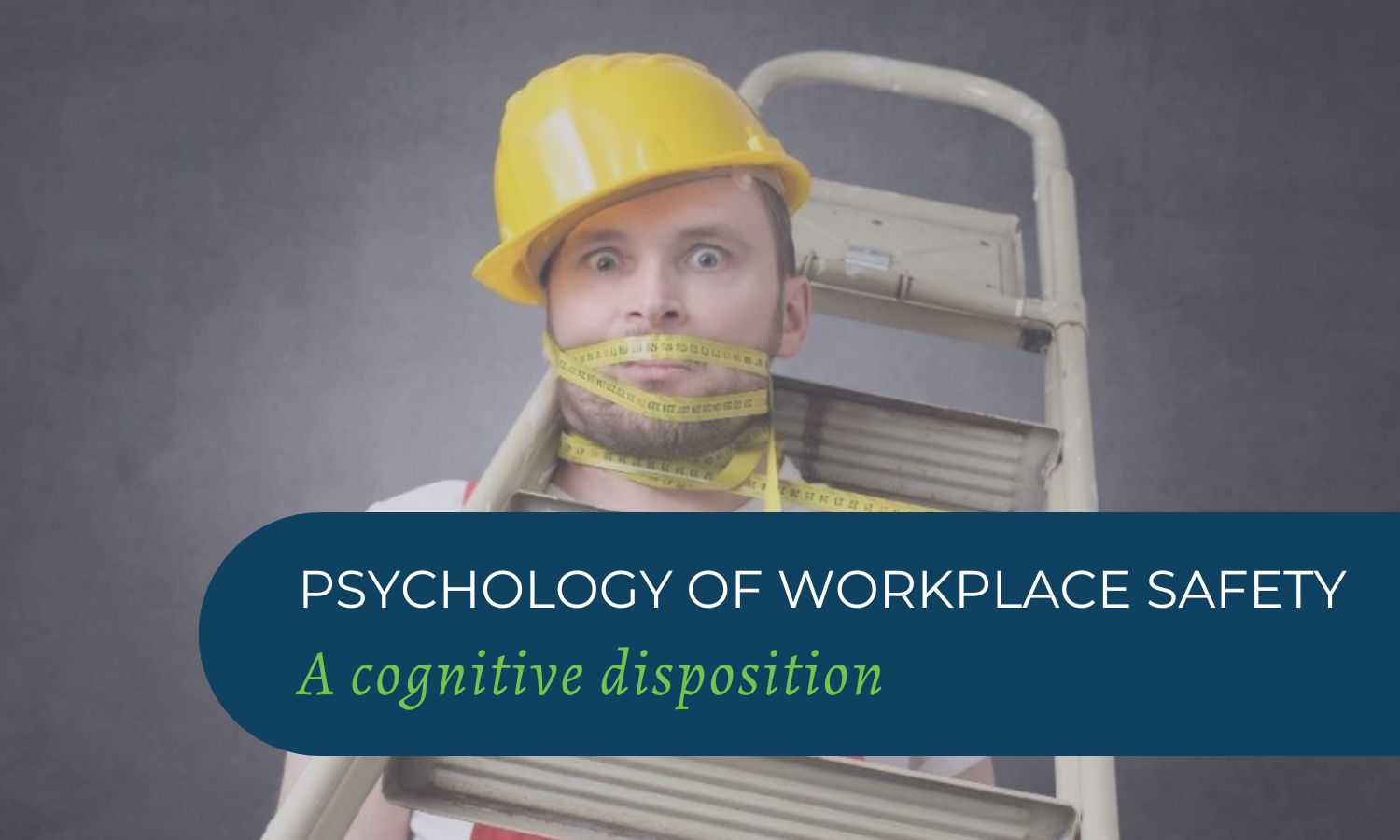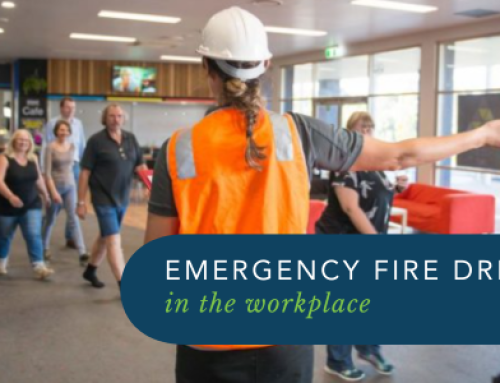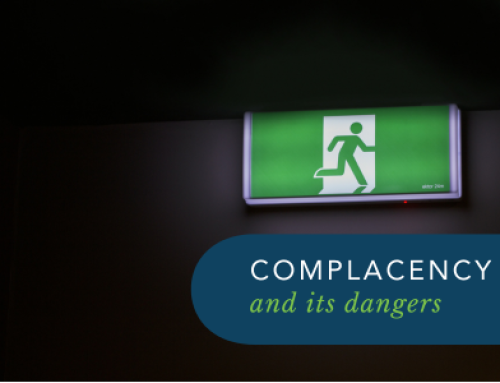When it comes to safety in the workplace, the state of mind of employees can go a long way towards ensuring a safe and healthy work environment.
No matter what industry we work in, it is our legal right to function in a physically and psychologically healthy environment. Despite installing hardware and safety management systems, accidents and injuries in the workplace can still occur at any given time.
Any employer may have the best, well-trained, motivated and fit professionals for their assigned tasks, but this does not eliminate any chances of human error resulting in workplace mishaps.
Cognitive disposition plays a crucial role in shaping how employees perceive and respond to safety measures. In this blog, we will delve into the various aspects of workplace safety psychology and how it can be leveraged to create a safer work environment.
Understanding cognitive disposition
Cognitive disposition refers to the mental processes and attitudes that influence how individuals perceive and react to their environment.
In the context of workplace safety, it encompasses the beliefs, attitudes and perceptions that employees hold about safety practices and their importance. These cognitive factors can significantly impact their behaviour and compliance with safety regulations.

Leadership plays a pivotal role in shaping the cognitive disposition of employees towards workplace safety. Effective leaders can influence their team’s attitudes and behaviours by promoting a positive safety culture. This involves:
- Modelling Safe Behaviours: Leaders who consistently demonstrate safe practices set a positive example for their team. Employees are more likely to adopt these behaviours when they see their leaders prioritising safety.
- Communicating the Importance of Safety: Regular communication about the significance of safety measures and the potential consequences of non-compliance can reinforce the importance of safety in the workplace.
- Providing Training and Resources: Ensuring that employees have access to proper training and resources can enhance their self-efficacy and competence in handling safety-related tasks.
The impact of stress and fatigue on safety
Stress and fatigue are significant factors that can negatively affect cognitive disposition and workplace safety. Employees who are stressed or fatigued are more likely to make errors, overlook safety protocols and engage in risky behaviours.
Addressing stress and fatigue:
- Promoting work-life balance: Encouraging employees to maintain a healthy work-life balance can reduce stress and prevent burnout. Flexible work schedules, regular breaks, and wellness programs can support this balance.
- Monitoring workloads: Ensuring that workloads are manageable and providing support during peak periods can help prevent fatigue. Regularly assessing and adjusting workloads can also prevent long-term stress.
- Creating a supportive environment: A supportive work environment where employees feel comfortable discussing their stress and fatigue levels can enable early intervention and support.
It is easy to ignore safety procedures or training, especially when they take time and energy from an employee. This negligence is, unfortunately, a breeding ground for employee injury. It’s an understatement to say that workplace safety is an important issue. It is so important that entire government agencies have been developed just to regulate workplace safety.

Australian Standard AS 3745:2010 Planning for Emergencies in Facilities lays out a detailed framework that provides the best practice for dealing with emergencies within a facility. The standard acts as a guide to ensure all facilities meet the requirements of the Health and Safety Act.
While an employer is responsible for creating and maintaining a safe workplace, there are many things an employee can do to be safe at work. Many companies tend to skip safety training or just don’t have a rigorous enough emergency plan to begin with.
Employees should not rely on the fact that something probably won’t happen. Instead, be proactive. There is no harm in asking what emergency procedures are in place. A false sense of security is the result of poor training and following bad practices, which leads to injuries in the workplace.
Accidents are inevitable, any employer needs to dedicate the time and resources for safety training and emergency management to mitigate these accidents as much as possible.
Workplace hazards are a serious concern for employers and employees, often resulting in physical injury and eventually psychological trauma. Depending on the industry, workplace hazards and the impact of workplace incidents can vary significantly.
Proper workplace emergency training
Appropriate training, safe equipment procedures and fail-safe emergency planning is the best formula to keep everybody away from harm and promote a positive frame of mind.
By investing, developing and consistently promoting a space where staff feel safe to be themselves while executing their duties, they are very well placed in a mindset to be at their best.
Workplace Emergency Management assists businesses in promoting safe workspaces by providing Emergency Plans, Diagrams, and regular training for your staff. Our team of highly qualified consultants has experience across all kinds of industries. When providing training, our consultants know how to keep your team engaged during our interactive and entertaining training sessions.
If you require training or guidance around Emergency Management at your facility, give our friendly team a call on 1300 831 694.
GET IN TOUCH
Are you ready for peace of mind that your workforce is as safe and prepared as possible?
With a dedicated team of staff ready to help you meet compliance requirements and improve the overall safety of your workplace, all you need to do is get in touch.
Request your free audit today!



